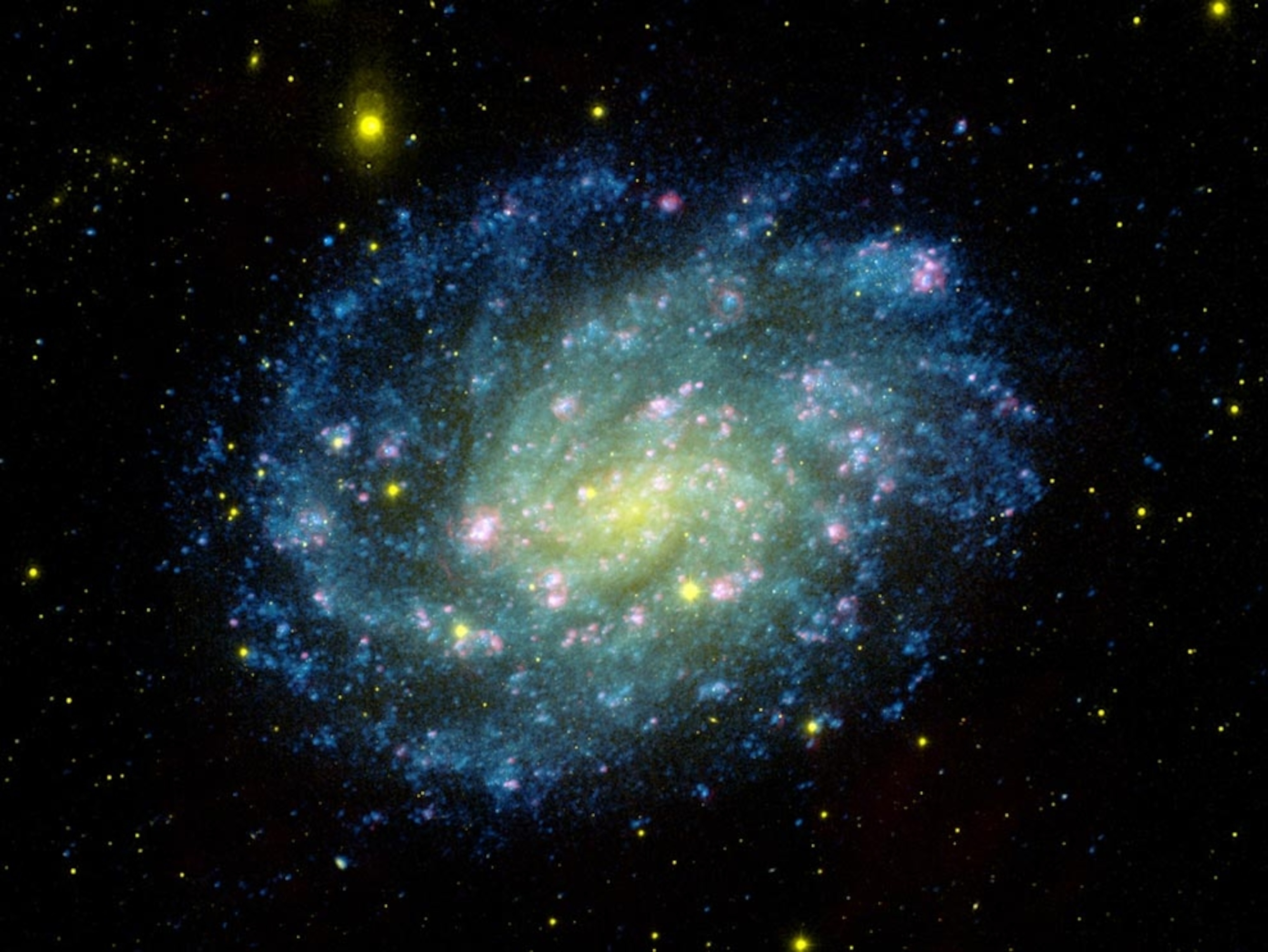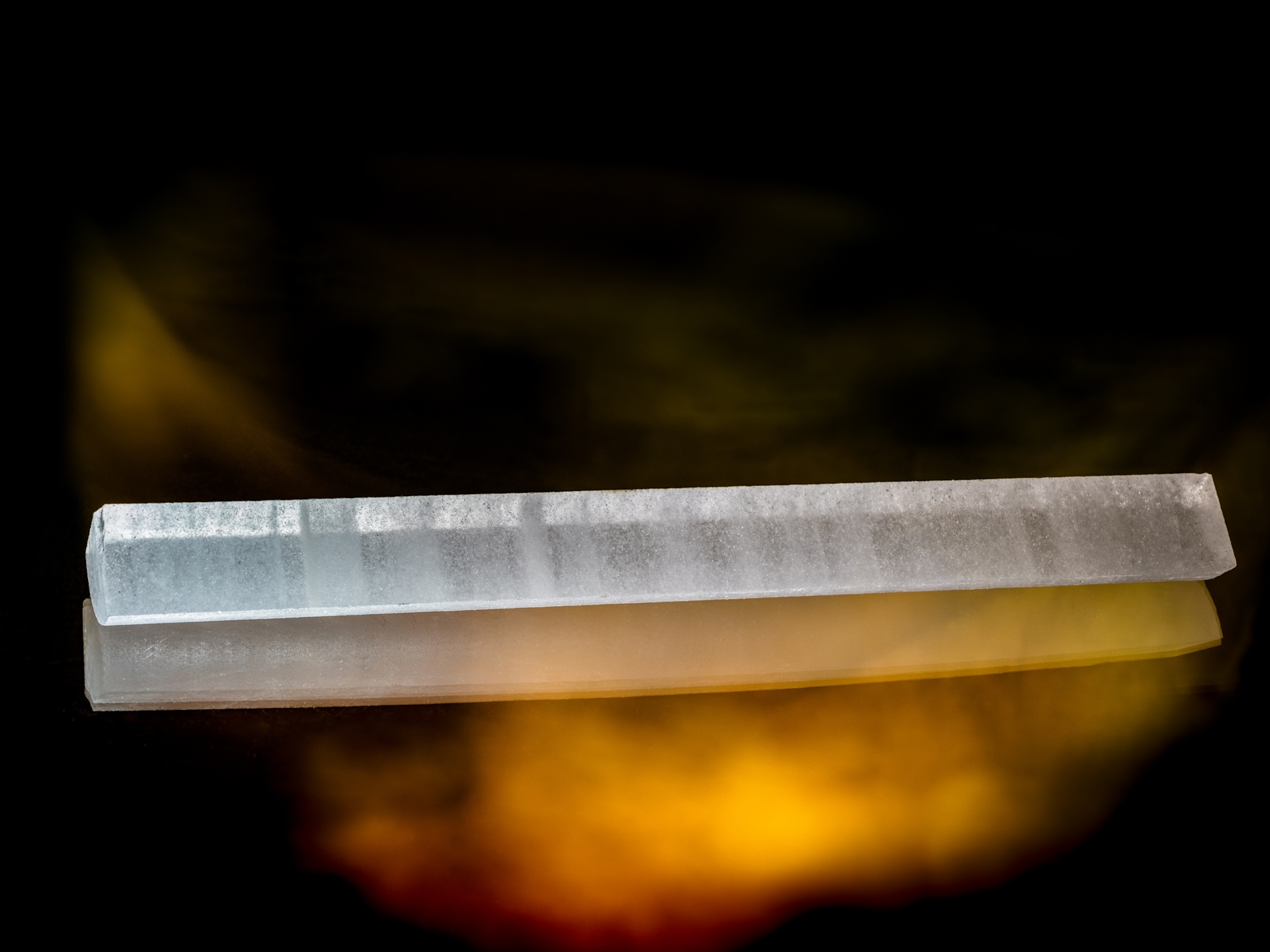
New, 'Exotic State of Matter' Found Far Below Freezing
By creating atoms within atoms, the new research marks an exciting time in quantum physics.
Crucial to the properties of matter, atoms are widely known as the building blocks of the universe. Harking back to your grade school science classes, you might remember atoms are made up of positively charged protons, neutral neutrons, and negative electrons. But relatively speaking, there's a whole lot of empty space between those subatomic particles.
(First Picture of an Atom's Shadow—Smallest Ever Photographed)
Electrons generally orbit far from their atomic nucleus center. If these building blocks can be filled with so much empty space, a team of scientists at the Vienna University of Technology and Harvard University wanted to see if it was possible to fill that void with something else, like other atoms. (Related: "How a Student Took a Photo of a Single Atom")
Along for the Ryd(berg Atom)
In quantum physics, scientists can create Rydberg atoms, in which one or more highly excited electrons orbit far from the nucleus. (Related: "'Spooky' Quantum Entanglement Reveals Invisible Objects")
"The average distance between the electron and its nucleus can be as large as several hundred nanometers—that is more than a thousand times the radius of a hydrogen atom," Jochim Burgdörfer, director of the Institute for Theoretical Physics at the Vienna University of Technology, says in a press release.
So in this new study, published in Physical Review Letters, the researchers created a Bose-Einstein condensate out of strontium atoms, cooling a dilute gas of bosons, a type of subatomic particle, to as close to absolute zero as possible. Then, with a laser, they transferred energy to one of these atoms, transforming it into a Rydberg atom with a large atomic radius. This radius was larger than the normal distance between two atoms in the condensate.
As it turns out, neutral atoms hardly have an impact on the wider path of this Rydberg atom's electrons because of their lack of charge. But the electron still picks up on the scattered neutral atoms along its path, which prevents it from changing into a different state of matter.
Computer simulations show this interaction is weak, decreasing the energy of the system and creating a bond between the Rydberg atoms and other atoms within the electronic orbit.
"It is a highly unusual situation," according to Shuhei Yoshida, a TU Wien professor who was also involved in the research. "Normally, we are dealing with charged nuclei, binding electrons around them. Here, we have an electron, binding neutral atoms."
This new, exotic state of matter, dubbed Rydberg polarons, can only happen at low temperatures. The particles move faster and the bond breaks as things heat up.
"For us, this new, weakly bound state of matter is an exciting new possibility of investigating the physics of ultracold atoms," Burgdörfer continues. "That way one can probe the properties of a Bose-Einstein condensate on very small scales with very high precision."

















